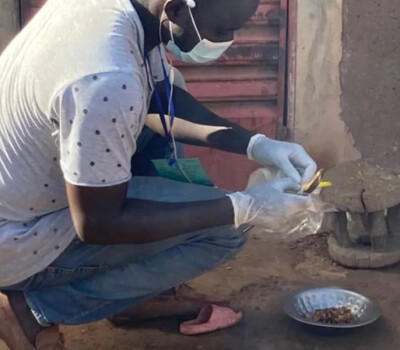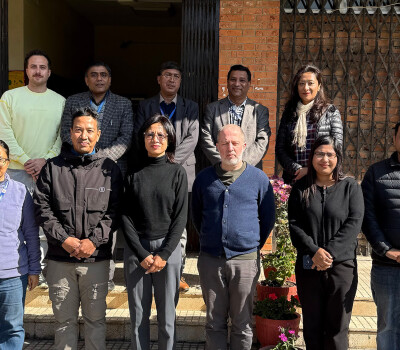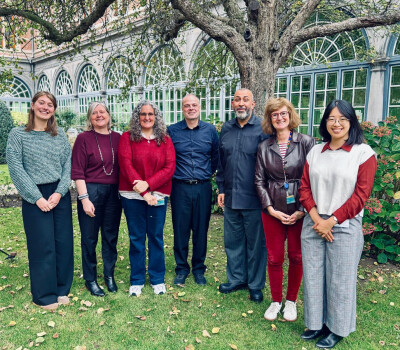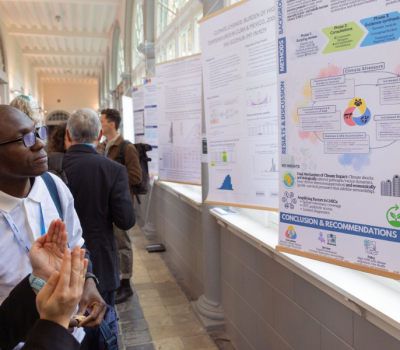With malaria, too, the last mile is the hardest

Thanks to considerable efforts, the number of malaria fatalities has decreased significantly over the past decade. Yet, almost 500,000 people still die every year from this parasitic disease. Asia has been the most successful in the fight against malaria, and most of the victims of the disease today are young children in Sub-Saharan Africa. In Vietnam, malaria is still present to a limited degree in forested regions inhabited mainly by ethnic minorities. In these forested regions, malaria control is more difficult because the mosquitoes that transmit malaria often bite people early in the evenings, and outdoors, before they go to sleep under a bed net.
“Since 2000, Vietnam has reduced the number of new malaria cases by 90%. The last mile, however, is the hardest. We don’t know enough about how malaria transmission continues at very low levels, and malaria elimination strategies need to be adjusted to suit the local conditions where the last pockets of malaria are found,” said ITM’s Melanie Bannister-Tyrrell.
ITM is trying to change this by conducting research together with local partners in small villages in remote areas. National malaria programmes in countries like Cambodia and Vietnam stand to benefit from this.
The latest in line is the paper written by Bannister-Tyrrell, who stayed in a remote area in Quang Nam province in Central Vietnam for several weeks at a time. She gained insights into the community life through observations, in-depth interviews and questionnaires about their activities in their villages, at their farms and in the forest, and linked these to the risk of getting malaria.
“People are most at risk of exposure to malaria during activities that occur outdoors in the evenings, for example if they go fishing, to cut wood, or have a social gathering or watch TV outdoors. It is at those times that people are not protected by mosquito nets,” continued Bannister-Tyrrell.
Her research shows that the national programme in Central Vietnam has to also deploy resources to combat malaria mosquitoes outdoors in villages, farms and along rivers in forested regions. By homing in on specific communities, micro-epidemiological studies such as the one by Bannister-Tyrrell can contribute to the use of targeted interventions to support malaria elimination.
Link
- Micro-epidemiology of malaria in an elimination setting in Central Vietnam (Malaria Journal, Bannister-Tyrrell et al.)
Spread the word! Share this story on









